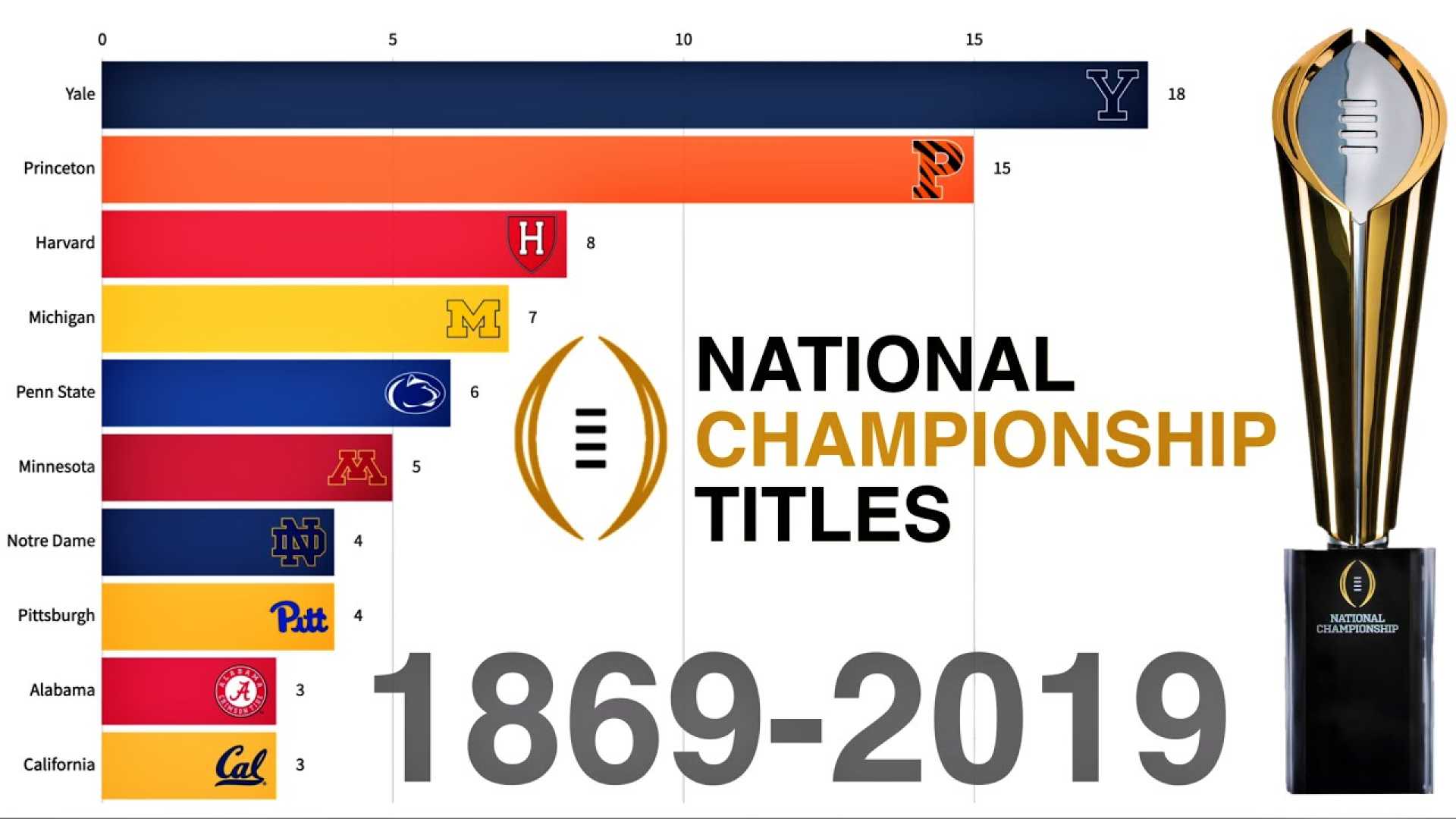Sports
Evolution of College Football National Championship: A Historical Overview

Miami, Florida — The College Football National Championship has undergone significant changes since its inception, adapting to the evolving landscape of college athletics. Established in the 2014 season, the College Football Playoff (CFP) replaced the Bowl Championship Series (BCS), marking a pivotal shift in how the national champion is determined.
In the BCS era, a combination of polls and computer rankings decided the national champion. Critics often argued that this system favored power conferences, leading to calls for a more inclusive and equitable playoff format. The CFP introduced a four-team playoff system, allowing for a more definitive way to crown a champion. This change has sparked excitement among fans and created new rivalries in college football.
As of 2025, the playoff will expand to a 12-team format, enhancing opportunities for participation. The new structure will allow higher-ranked teams to secure first-round byes and host playoff games, further intensifying the competition and fan engagement.
“The evolution of the championship format reflects the growth of college football as a powerhouse in American sports,” said college football analyst Brian Kelly. “It’s about providing teams from across all conferences the chance to compete for the title, not just the traditional powerhouses.”
Over the years, we’ve seen remarkable performances, with teams like Alabama, Clemson, and Ohio State solidifying their legacies within this new framework. The adaptability of the championship reflects broader changes in sports, where inclusivity and fairness are increasingly prioritized.
As the championship continues to develop, fans eagerly await how teams will navigate through the upcoming seasons in this dynamic landscape. The intensified competition and expanded playoff structure promise to reshape the college football narrative for years to come.












